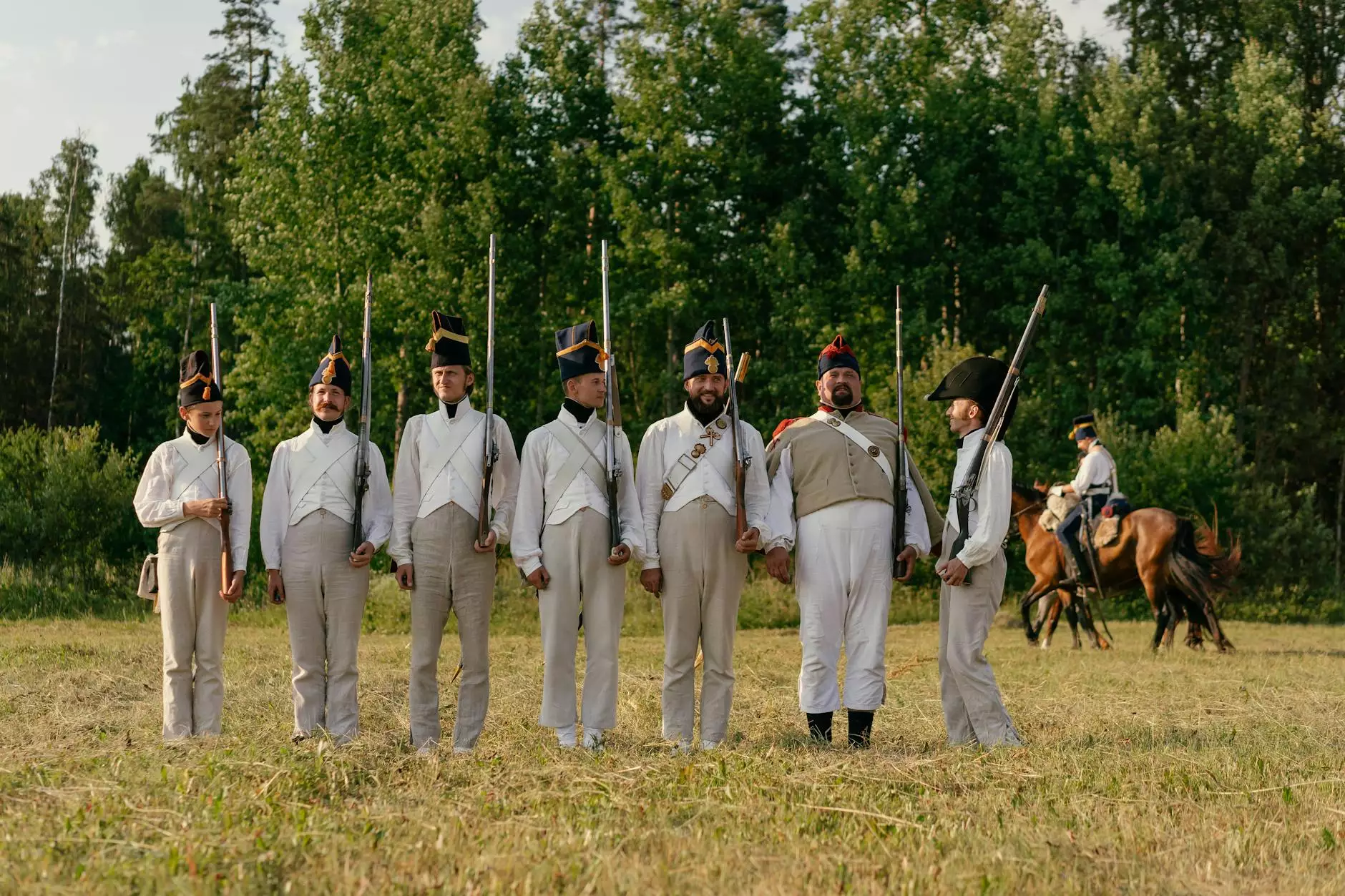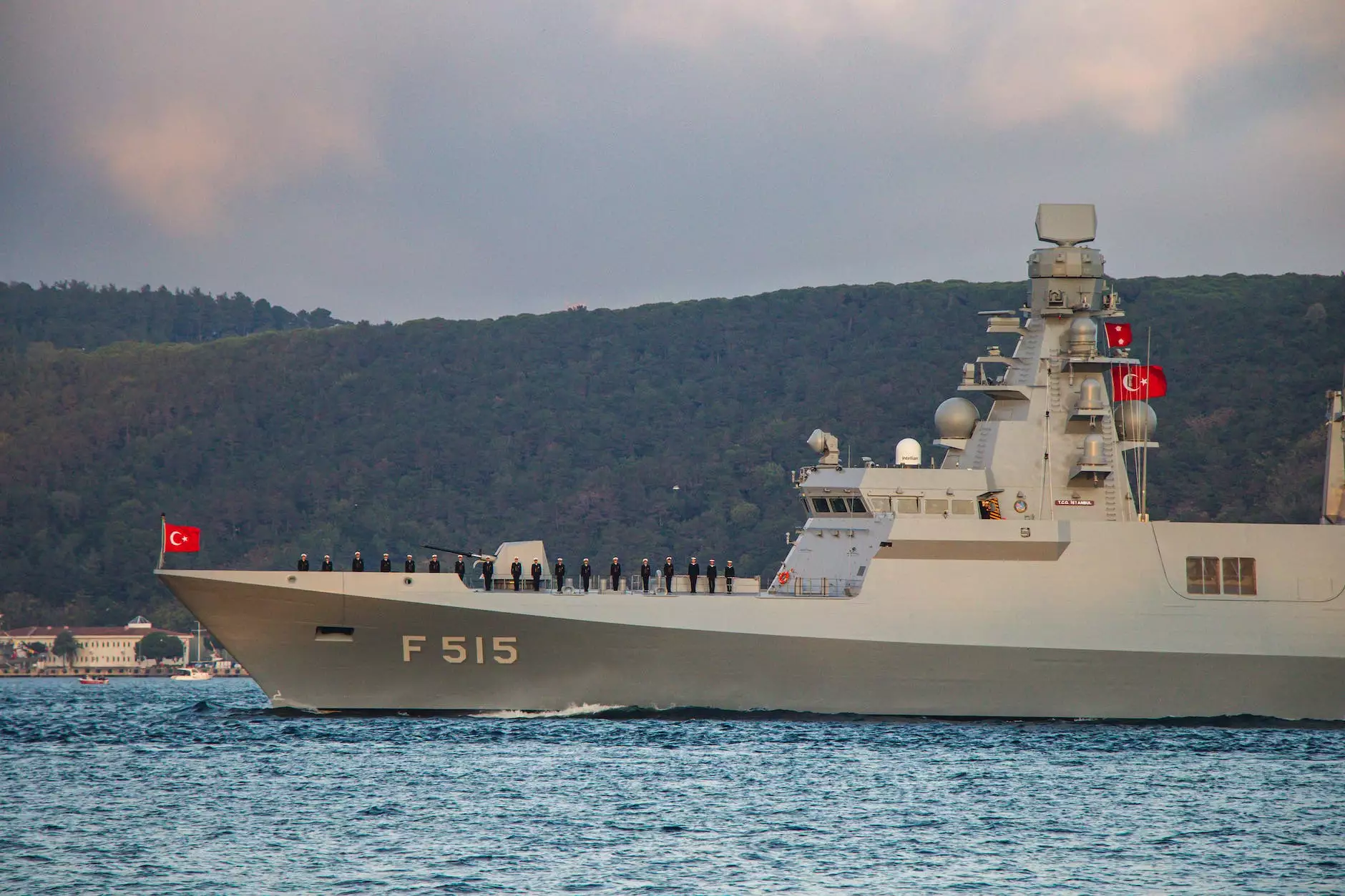ELI181 - World War II Battlefield Communications
Articles
Introduction
Welcome to ELI181, your gateway to delve into the intriguing world of World War II battlefield communications. In this comprehensive guide, Marjorie Cowley takes you on a journey through the technological advancements and challenges faced by soldiers on the communication frontlines of the war. Join us as we explore the pivotal role that effective communication played in shaping the outcome of various battles.
The Importance of Communication in Warfare
In the chaos and turmoil of war, effective communication can be the difference between victory and defeat. World War II, one of the most devastating conflicts in history, witnessed significant advancements in battlefield communications. From Morse code telegrams to radio transmissions, communication technologies evolved rapidly to meet the demands of an ever-changing battlefield.
Morse Code - Revolutionizing Communication
Morse code, developed in the early 19th century, played a crucial role in World War II battlefield communications. This system of dots and dashes allowed soldiers to send coded messages quickly and efficiently over long distances. With trained operators adept at interpreting and relaying messages, Morse code became a vital tool in coordinating troop movements, relaying important intelligence, and maintaining supply lines.
Wireless Radios - Connecting the Frontlines
The advent of wireless radios revolutionized battlefield communications during World War II. These portable devices enabled soldiers to communicate with each other across different units and even between different branches of the military. The ability to relay real-time information swiftly enhanced coordination, command, and control on the battlefield, giving commanders a strategic advantage in planning and executing military operations.
Challenges Faced by Soldiers
While technological advancements certainly improved communication capabilities, soldiers faced numerous challenges in utilizing these tools effectively. Understanding these challenges provides us with a deeper appreciation for the courage and resilience of those who served on the communication frontlines.
Interference and Encryption
One of the major challenges was the presence of constant interference and the need for secure encryption. The enemy often employed techniques to intercept and decode communications, jeopardizing the safety of sensitive information. Soldiers had to rely on ever-evolving encryption techniques to protect valuable intelligence and maintain secure lines of communication.
Field Communication in Harsh Environments
Soldiers also faced the harsh realities of the battlefield, including extreme weather conditions, rugged terrains, and constant movement. Setting up and maintaining communication infrastructure in such challenging environments required skilled personnel, adaptability, and resourcefulness. From mud-soaked trenches to dense jungles, communication specialists had to ensure that vital messages reached their intended recipients.
The Role of Communication in Battle
World War II witnessed numerous battles where effective communication played a decisive role in shaping the outcome. Understanding these examples sheds light on the vital importance of clear and efficient communication on the battlefield.
The Battle of Normandy - Coordination for Victory
The Battle of Normandy, also known as D-Day, saw the successful invasion of German-occupied France by Allied forces. Communication played a critical role in coordinating the simultaneous landing of troops across multiple beaches. The use of encrypted radio transmissions, precise time management, and coded messages allowed the Allied forces to overcome initial resistance and achieve a hard-fought victory.
The Battle of Midway - Decoding the Enemy's Plans
In the Pacific theater, the Battle of Midway showcased the importance of intelligence gathering and interception. Effective communication intercepted by the codebreakers at Station HYPO allowed the United States to anticipate Japanese naval movements and plan a devastating counterattack. The ability to decipher encrypted enemy messages provided a significant advantage and ultimately turned the tide of the battle in favor of the Allies.
ELI181 - A Must-Read Book
Marjorie Cowley's book, ELI181, offers a captivating exploration of World War II battlefield communications. Drawing from extensive research and firsthand accounts, Cowley presents a meticulous account of the challenges faced by soldiers and the pivotal role that communication technologies played in the war. Whether you are a history enthusiast, a military strategist, or a curious mind, this book is an invaluable resource for understanding the intricacies of World War II communication.
Conclusion
ELI181 - World War II Battlefield Communications provides a comprehensive and engaging overview of the pivotal role that communication played during one of the most significant conflicts in human history. From the advancements in Morse code to the revolutionary wireless radios, this book sheds light on the challenges, triumphs, and enduring legacy of communication on the battlefield. Join Marjorie Cowley on this remarkable journey and gain new insights into the complexities of World War II.









